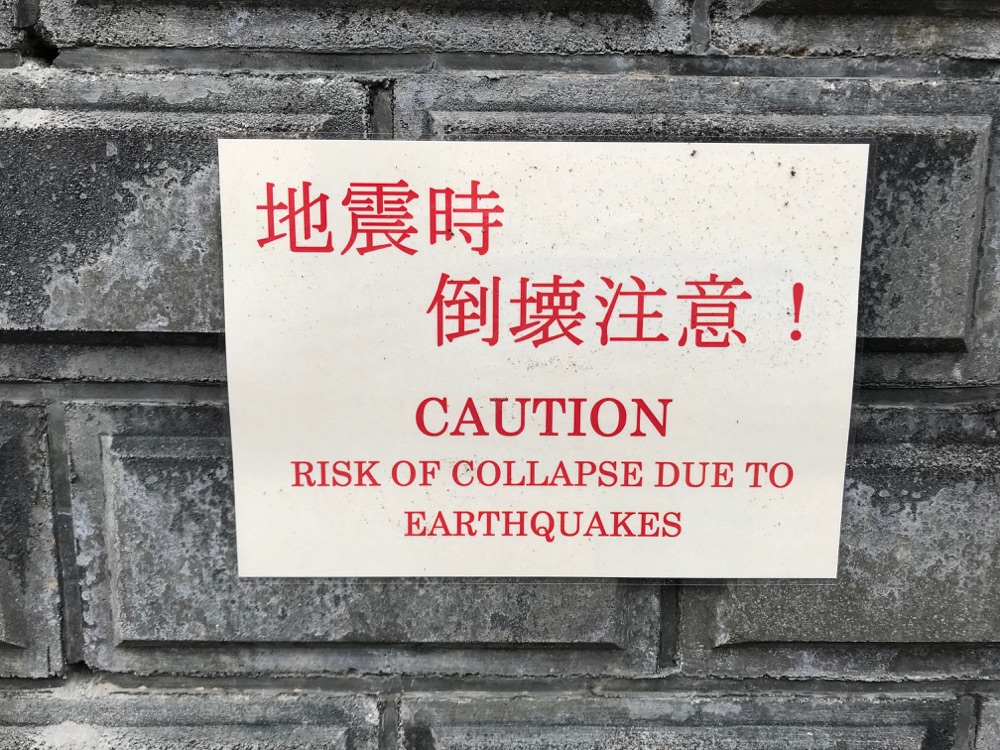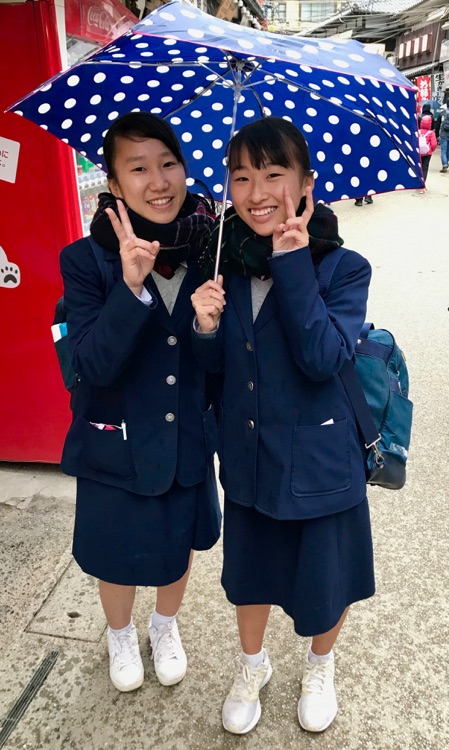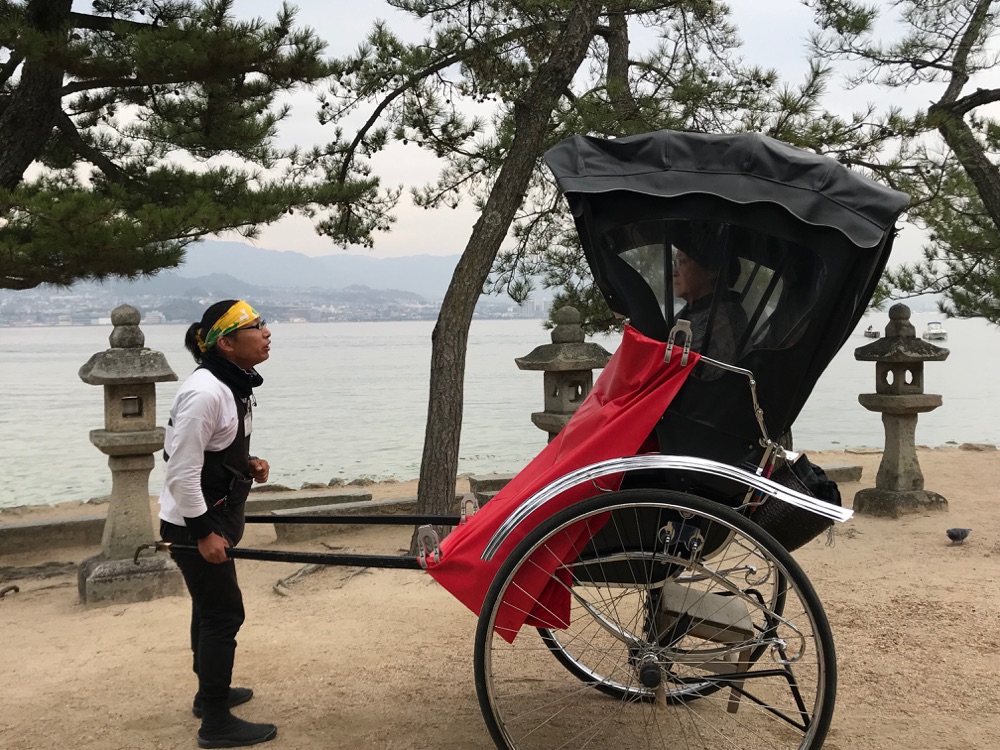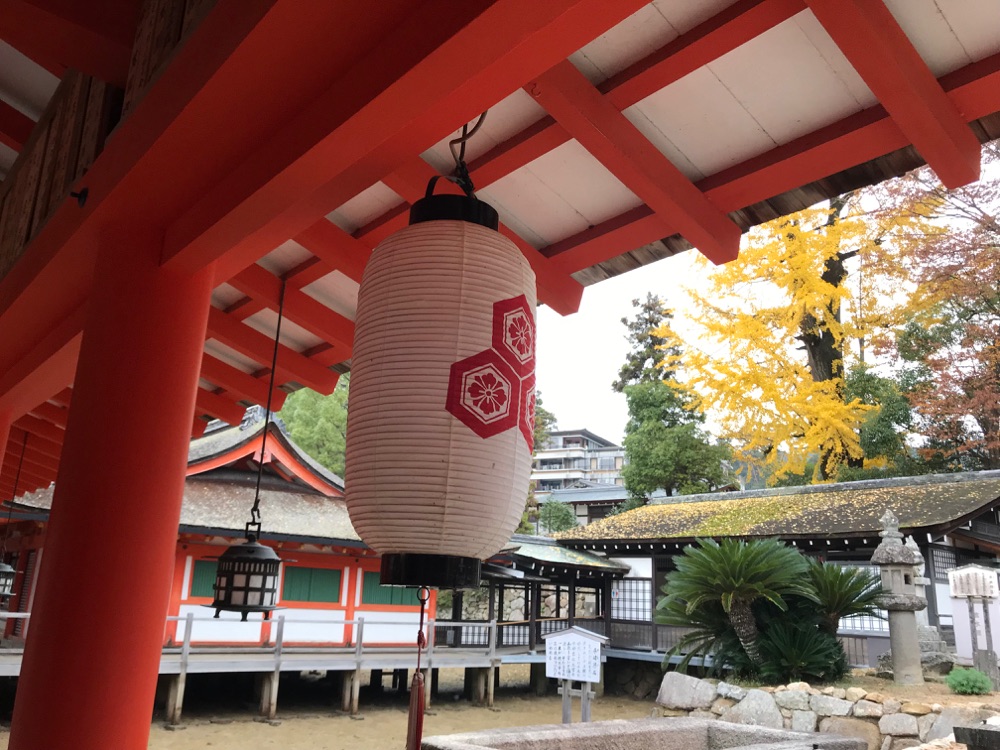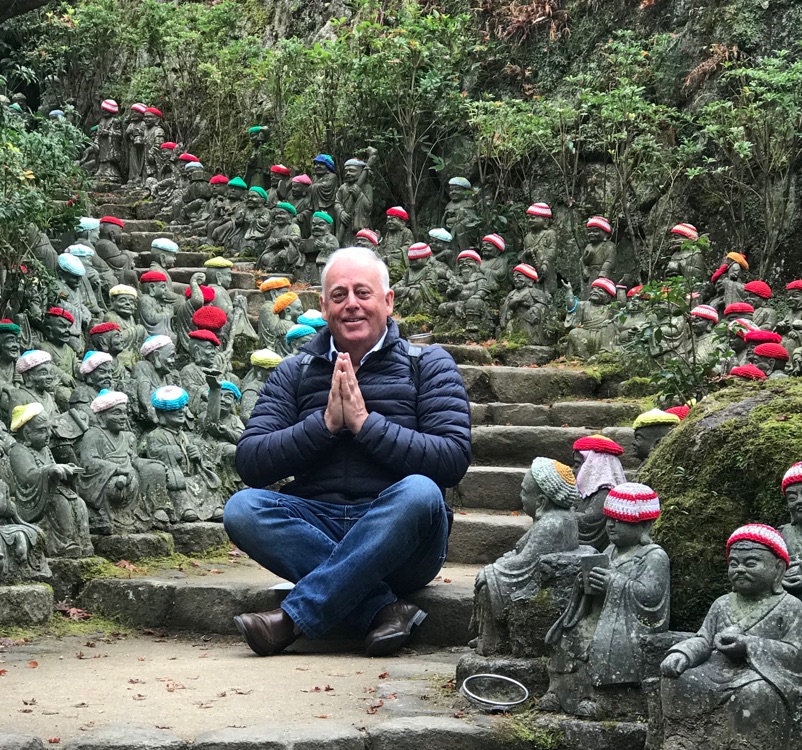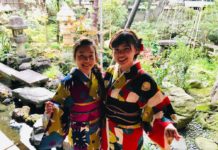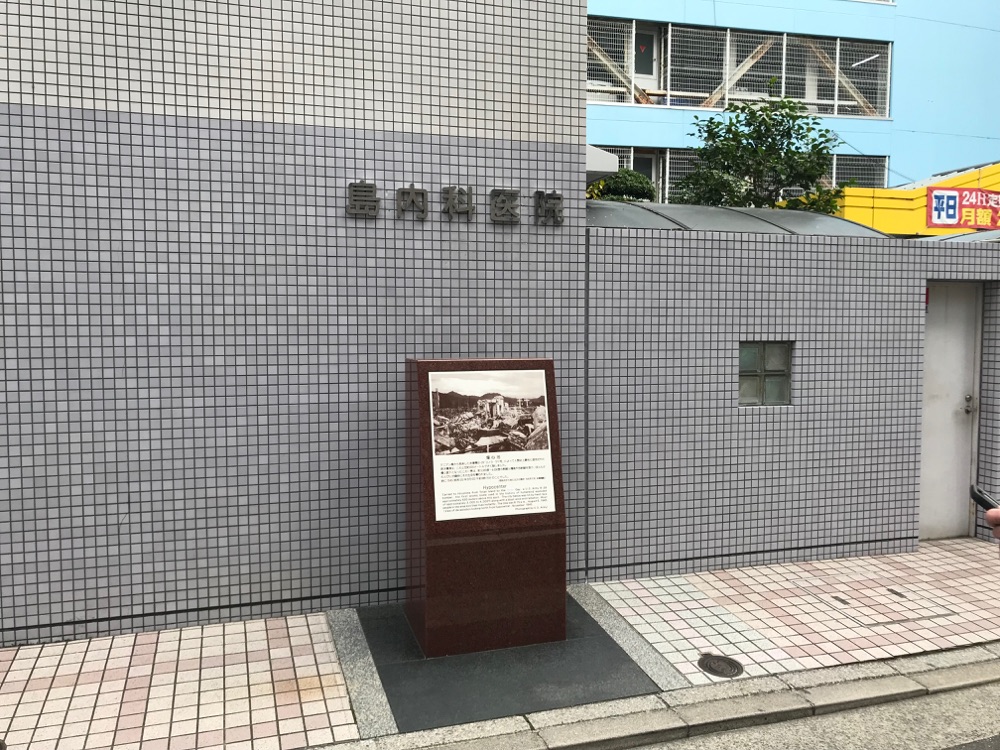
The first place we went when we arrived in Hiroshima was to the site where the atom bomb exploded at 8:15 in the morning on August 6, 1945.
Today, there is a small monument on the street next to a hospital, directly below the sky where the bomb exploded about 600 meters above ground, instantly killing 80,000 people, many of whom were women and children. Just as many eventually died from injuries and radiation.
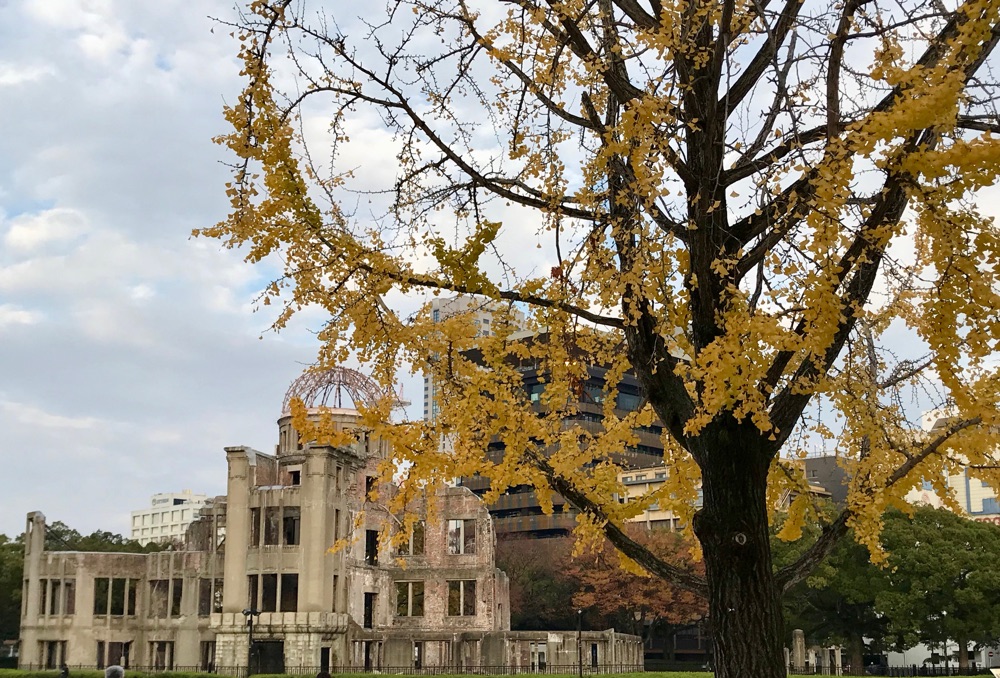
The intended target was the Aioi Bridge, about 240 m away on the river, but because of cloudy weather, the bomb came down directly over a medical clinic.
From this spot, we walked just a few minutes to the river to the ruins of the Genbaku Dome, which is also known as the Atomic Bomb Dome.
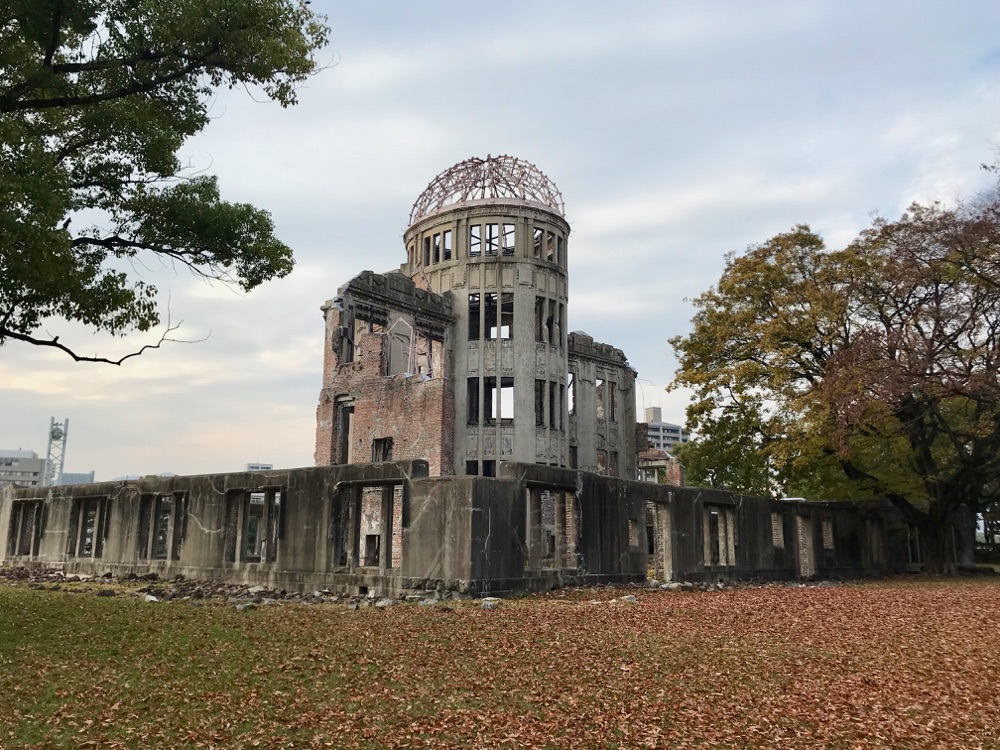
This broken and blackened building has been left as a perpetual reminder of the destruction that happened.
Today is is part of the Hiroshima Peace Memorial Park which contains a memorial with an eternal flame held in a concrete structure resembling open hands.
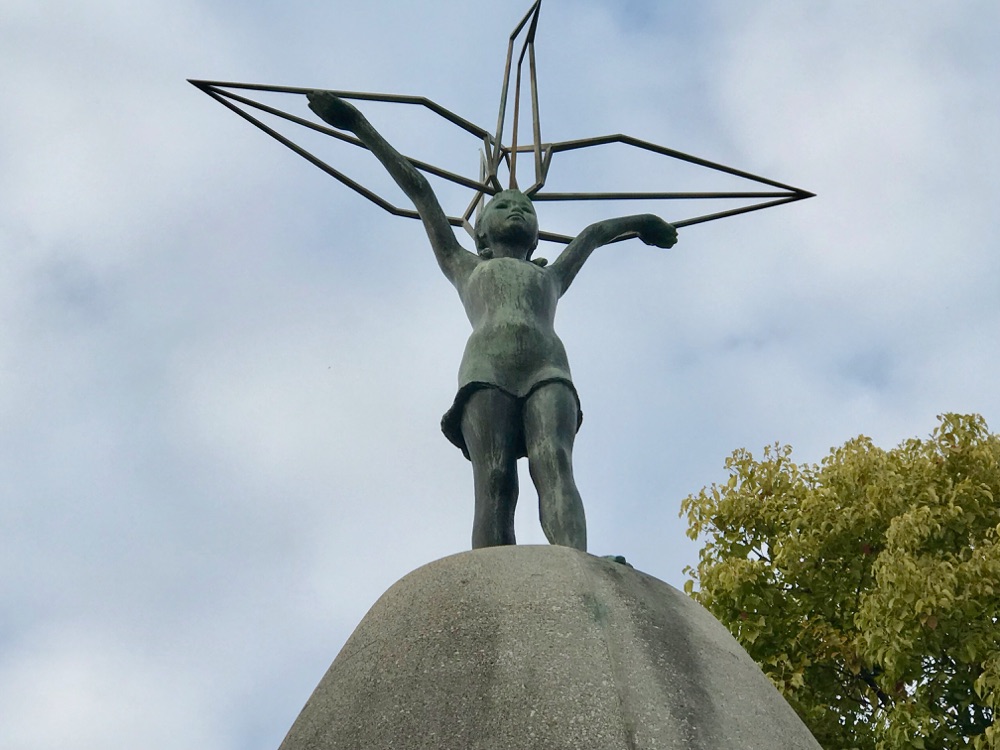
A group of Buddhists were chanting prayers for the dead in front of a large grassy mound where thousands of bodies were buried.
The sound of their chanting and the occasional sounding of a bell was a moving experience for all of us along with the sound of the giant peace bell that hangs in the park being rung by visitors every now and then.
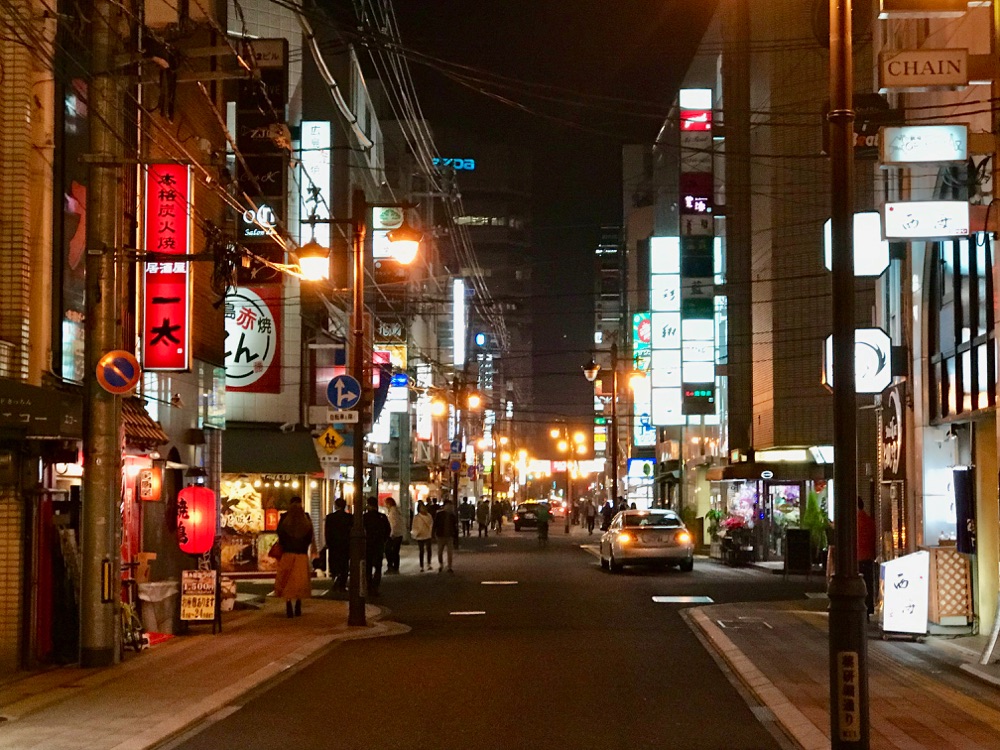
We came to Hiroshima to see one of Japan’s famous cities and to go to the island of Miyajima but we also wanted to visit to pay our respects and confess our own deep desire for world peace.
In another corner of the peace park, we found a monument celebrating the life of Sadako Sasaki, the little girl who died from radiation poisoning as a result of the Hiroshima bomb. Sadako folded origami cranes for world peace.
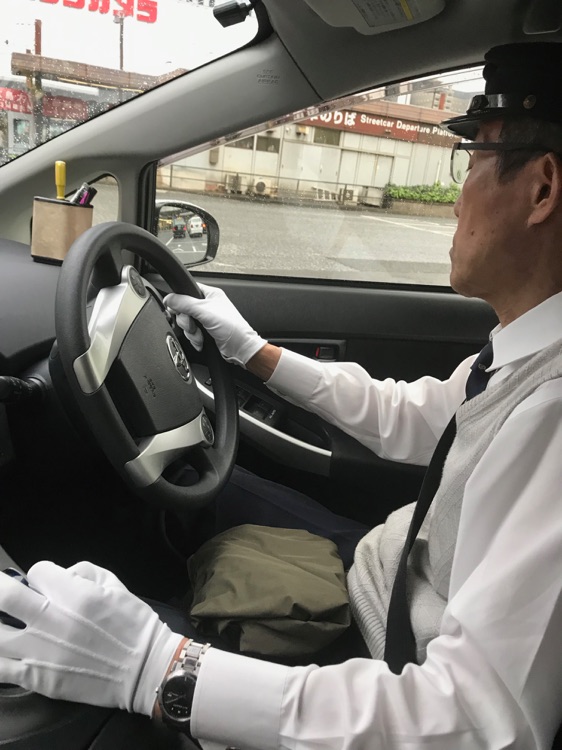
Today, her monument is surrounded by booths containing tens of thousands of paper cranes, connected in long chains.
As we stood admiring the statue, two ladies came up and presented us with our own origami crane. It was a very touching gesture and we were all very appreciative.
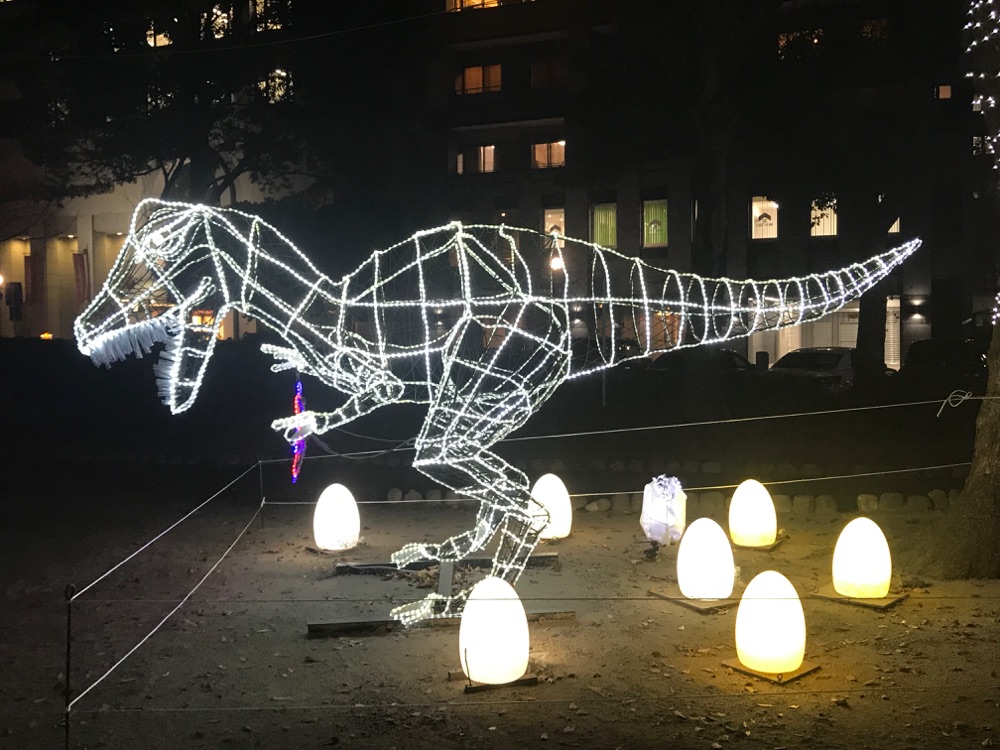
Against the grim story of war memorials, we found towering ginkgo trees dressed in spectacular yellow leaves.
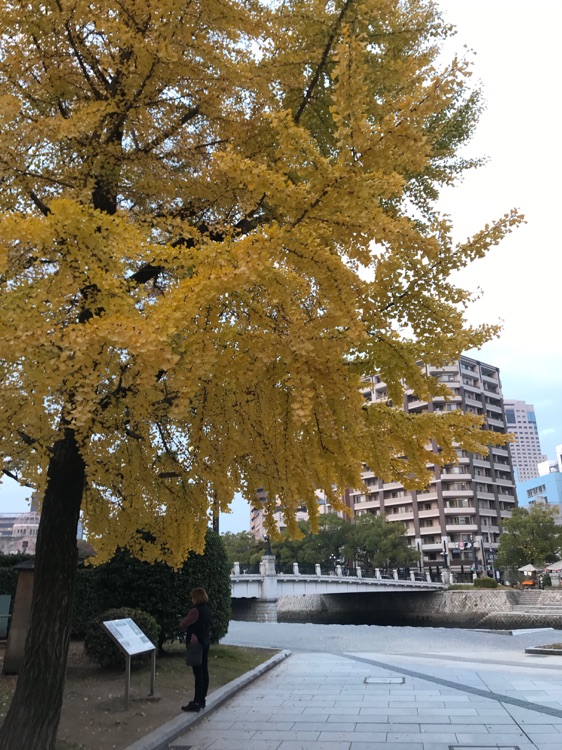
These trees stood out on the site like bright lights and struck us as entirely appropriate.
One of them held its bright butterfly-shaped leaves against the ruins of the Hiroshima Dome – a stunning contrast between dark and light.
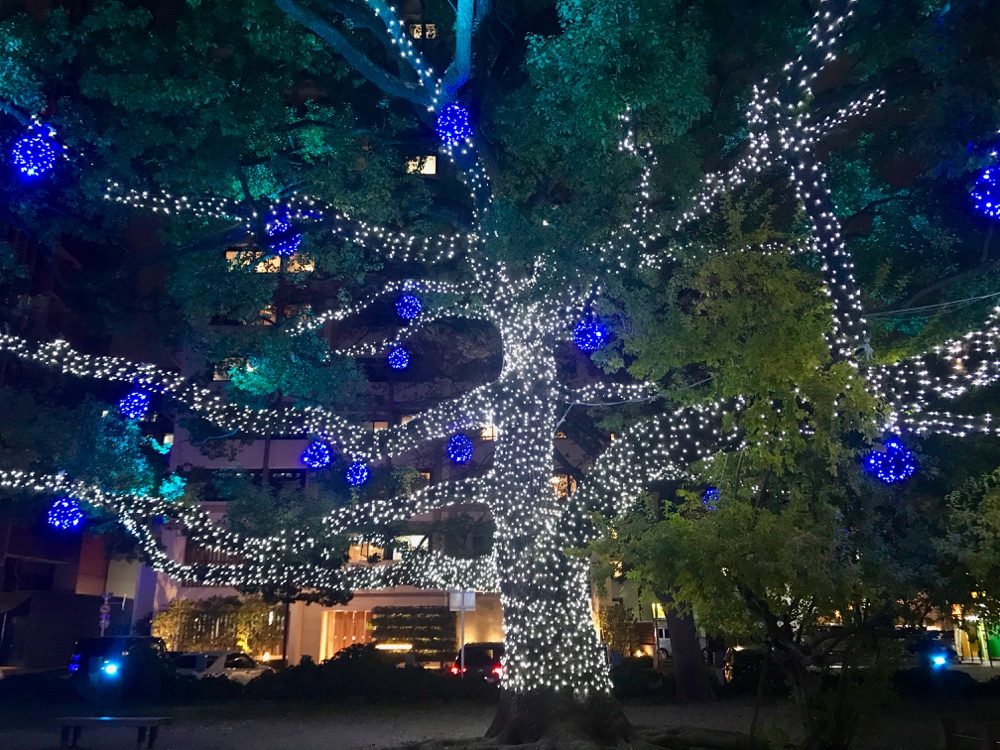
Hiroshima has embraced the Christmas season like no where else we have seen in Japan. The central boulevard is lit up for more than a mile with spectacular Christmas lights in trees and special features.
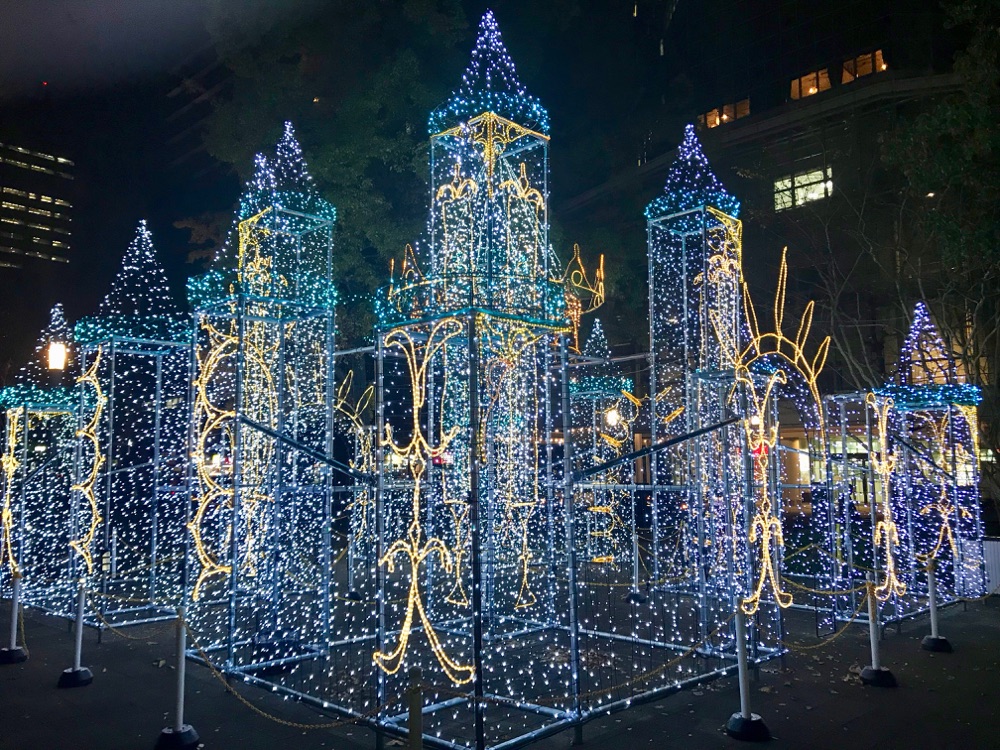
It was a joy to walk and see these lovely bright, cheerful, colourful creations, including a castle and a giant blue whale and dazzling white-light dinosaur.

The next day, we took the train and then ferry to Miyajima, the little island off the coast in Hiroshima Bay. The island is inundated with deer.
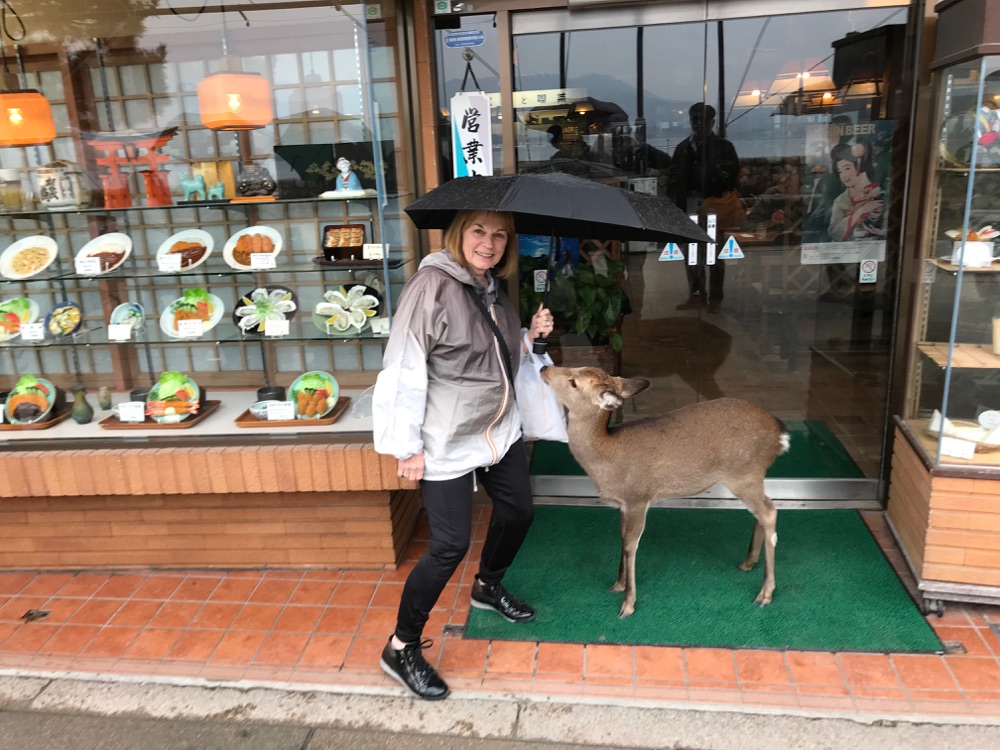
They have learned if they press their noses against shop doors, they will open. They are mostly harmless.
Here we immediately walked to the Itsukushima Shrine at the end of the town where we could get a better view of the famous Torii Gate.
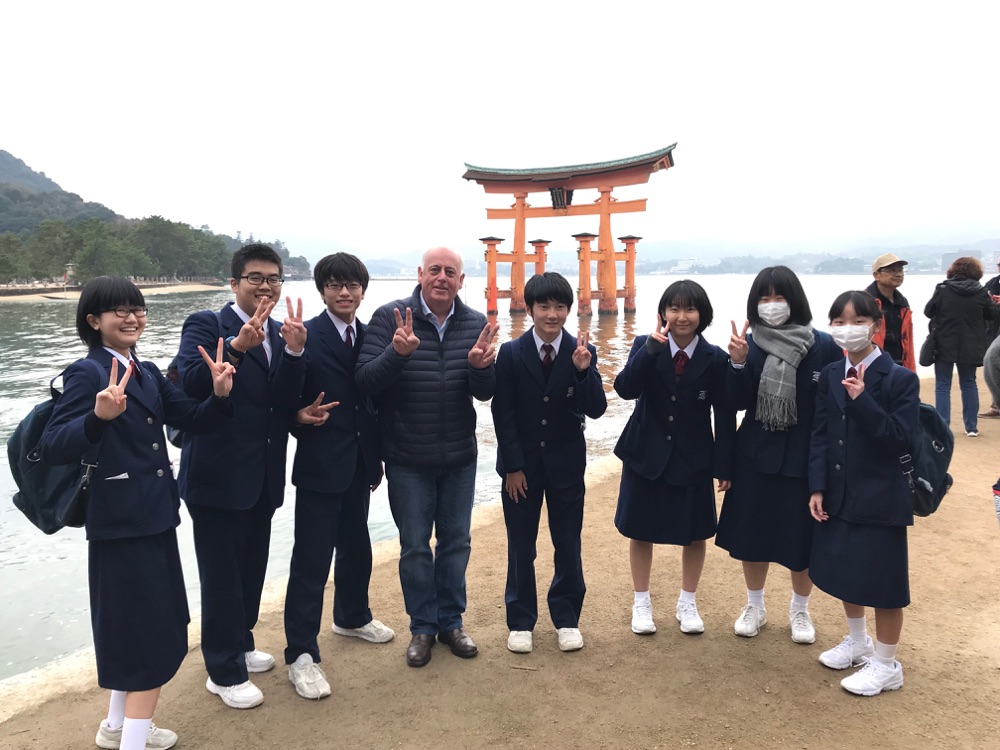
While walking in the orange-pillared corridors of the shrine, we were fortunate enough see a wedding with the bride and groom posing for beautiful photographs set against the ocean and the Torii Gate.
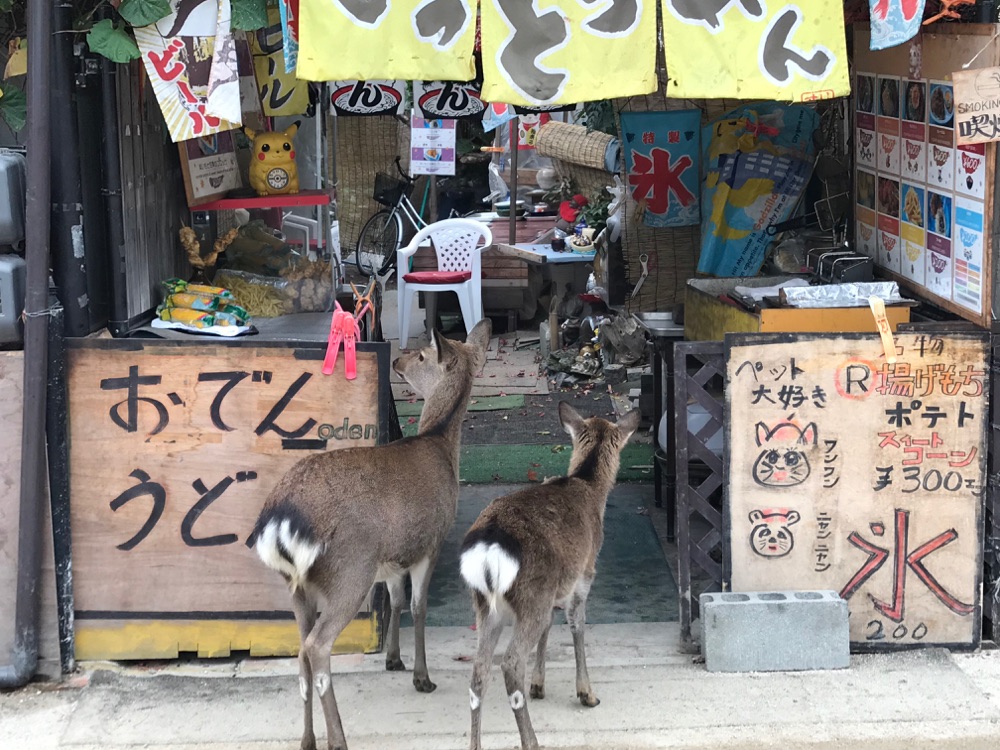
Up the hillside, we walked to another shrine, passing hundreds of tiny stony monks wearing red and white beanie hats, on the way.
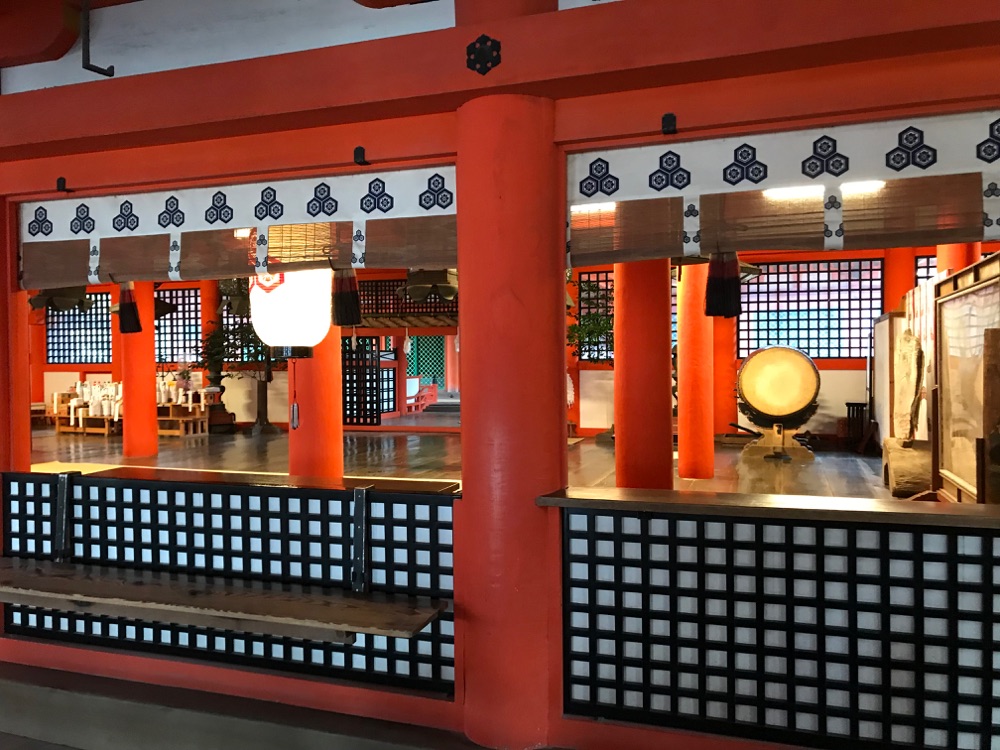
At the top of the hill, the shrine contained a subterranean tunnel through which we were encouraged to walk in total darkness, our way only occasionally dimly-lit by golden images of gods of mercy.
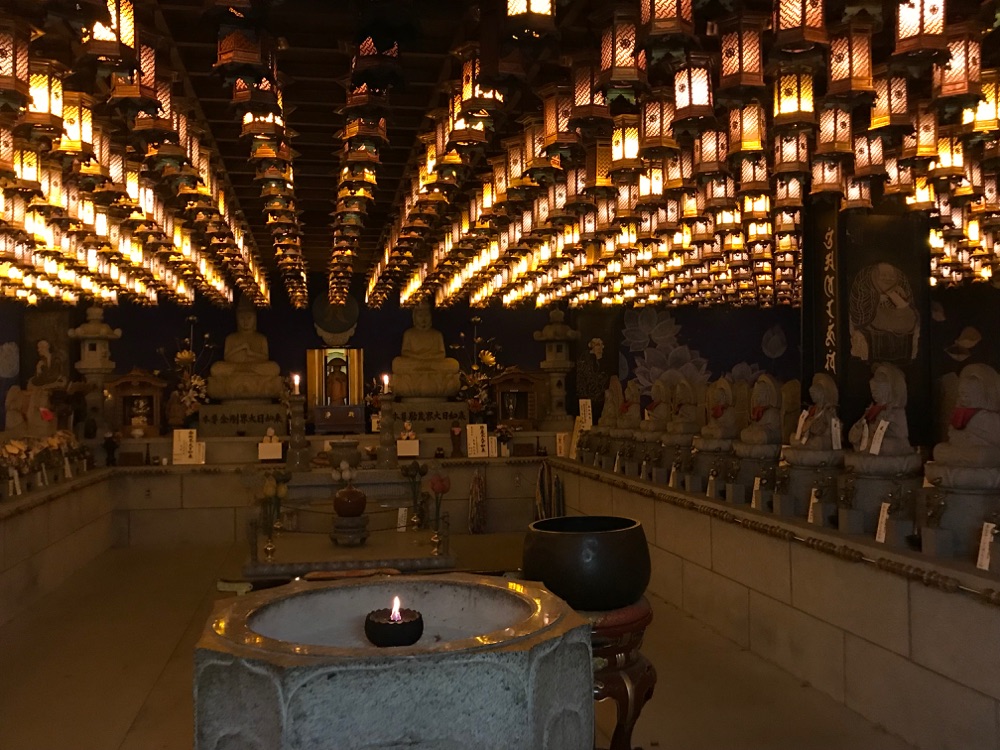
It was a profound experience, moving through the darkness and back into the light, but continually being reminded on the way that there was always mercy for us as a companion. Beautiful.
From Hiroshima, we next head to Kyoto.
swhysall@hotmail.com
